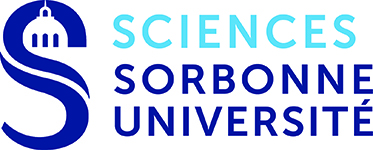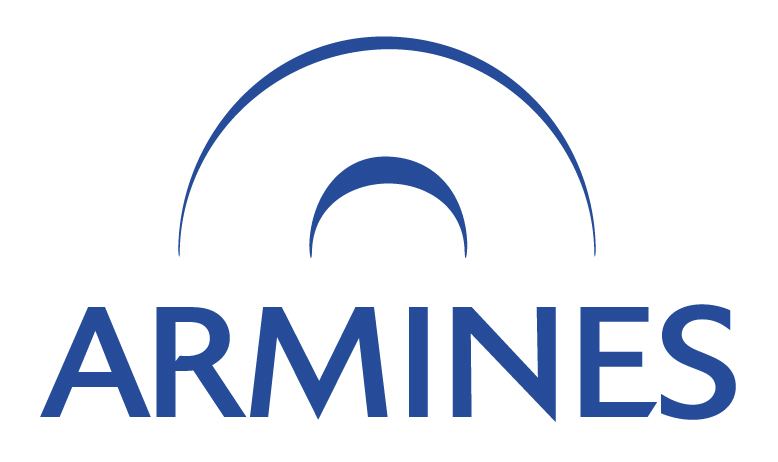
|
Instutions: http://www.sorbonne-universite.fr, http://www.cnrs.fr Research partner: http://teams.isir.upmc.fr/AMAC The SU team belongs to the AMAC research group in the Institute for Intelligent Systems and Robotics (ISIR). ISIR is a multidisciplinary research laboratory that brings together researchers and academics from different disciplines of Engineering Sciences and Information and the Life Sciences. The AMAC research team (Architectures and Models of Adaptation and Cognition) includes researchers in computer science as well as researchers in computational neuroscience. Its main fields of study are learning and adaptation from a neuroscience point of view (how do animals and human achieve these abilities?) and from a robotics perspective (how to build systems with these abilities?). SU (which changed name from UPMC in jan. 1st 2018) is the coordinator of the DREAM project. It is responsible for the integration of all contributions in the final demonstrators and is involved in evolutionary robotics, representational restructuring (short term memory), cognitive architecture definition and implementation, collective experiments and computational neuroscience aspects.
Institution: https://www.udc.gal/ Research partner: http://www.gii.udc.es/
The Integrated Group for Engineering Research is involved in most of the work packages of the project, being the leader in two of them. The first one is devoted with the definition of a motivational system that guides the autonomous learning. Specifically, the GII will be focused in the integration of curiosity-based motivations with goal-oriented ones, mainly provided by the human. In addition, this system must allow the autonomous creation of goals and sub-goals as required by the task.
Institution: http://www.ed.ac.uk Research partner: http://web.inf.ed.ac.uk/ipab The UOE team studies machine learning, particularly transfer and active learning, with applications in computer vision, reinforcement learning and beyond. Within the DREAM project, we will focus on the modelling and algorithmic challenges in developing machine learning methods capable of scalable open-ended life long learning. In particular we have four major technical goals: developing (re)structured models of tasks and domains to support flexible and robust policy and world model transfer; building models that are aware enough to operate and transfer in realistic situations where task/domain context is hidden; developing active strategies for optimal exploration-exploitation tradeoff in support of efficient learning; and finally developing algorithms for efficient incremental online model learning as required for use by an embodied agent. |
Institution: http://www.armines.net/, https://www.ensta-paristech.fr/en Research partner: http://cogrob.ensta-paristech.fr/ Armines is involved in the DREAM project through the “Robotics and Computer Vision” team at ENSTA ParisTech. Researchers implied in this project are also members of the ENSTA ParisTech - INRIA FLOWERS focusing on developmental robotics. The competencies involved in this project are those dedicated to perception, in particular focusing on object learning and recognition using RGB-D sensors, and those dedicated to motor control, in particular focusing on learning and optimizing Dynamic Motion Primitives. Our role in the DREAM project will therefore be to provide first level of perceptual and temporal abstraction in order to make it possible to apply the proposed architecture to complex robots and sensors in realistic applications. Our goal is to be able to discover perceptual features and motion primitives that would transfer to different tasks.
Research partner: http://www.cs.vu.nl/ci/ Within a collective of robots, sharing knowledge between robots can lead to faster learning and the identification of more efficient behaviours through a consolidation of the knowledge and experiences acquired by the different individuals. Learning by sharing knowledge is what we define as social learning. Implementing social learning algorithms implies a number of design choices that define with whom, when and what knowledge is shared. The VU University in Amsterdam will investigate the impact of social learning on the speed of learning and the efficiency of the behaviours that arise when implementing a social learning algorithm in a cognitive architecture that allows for generalised behavioural patterns at a more abstract level than direct sensory-motor loops. |







.png)